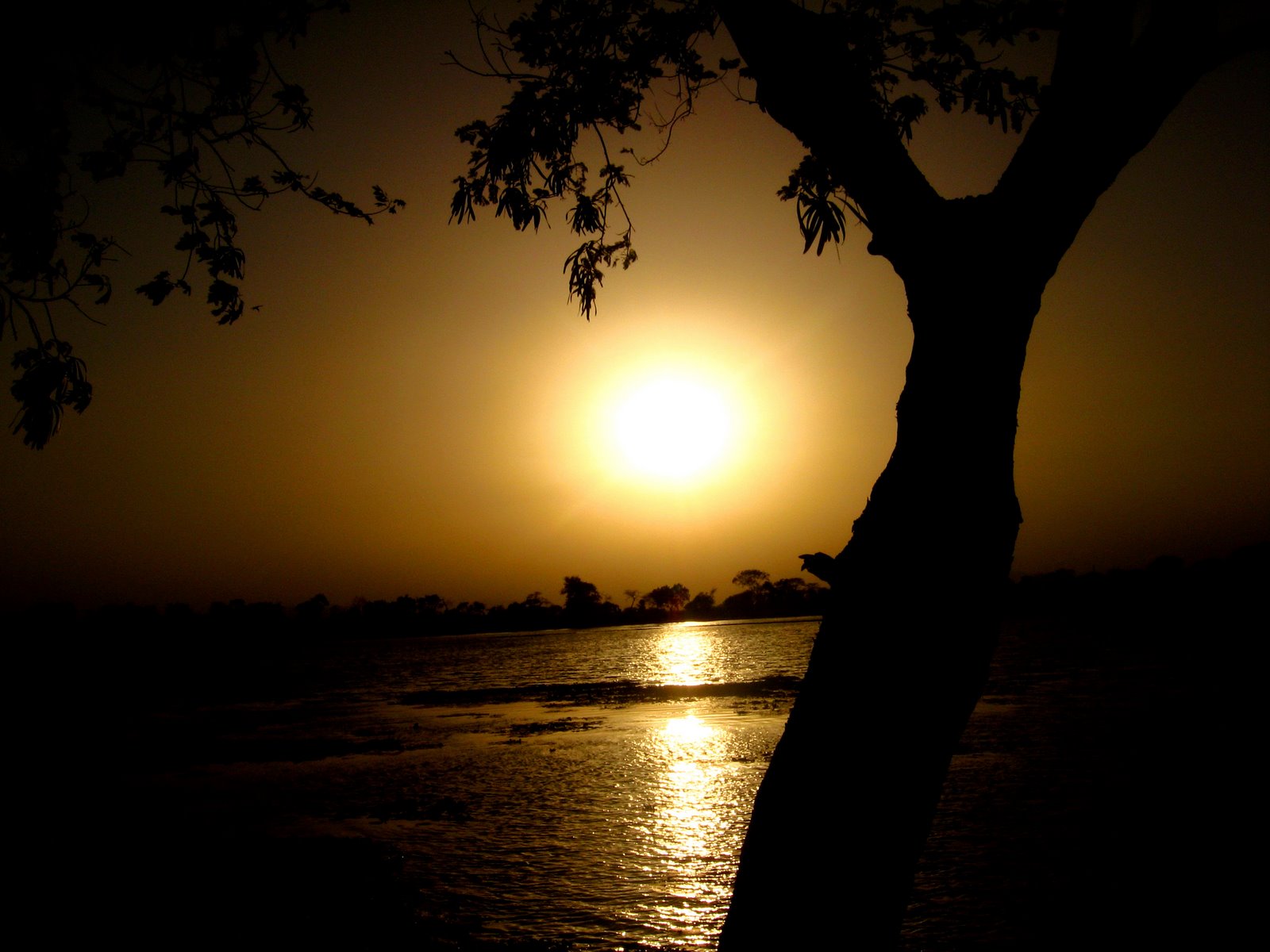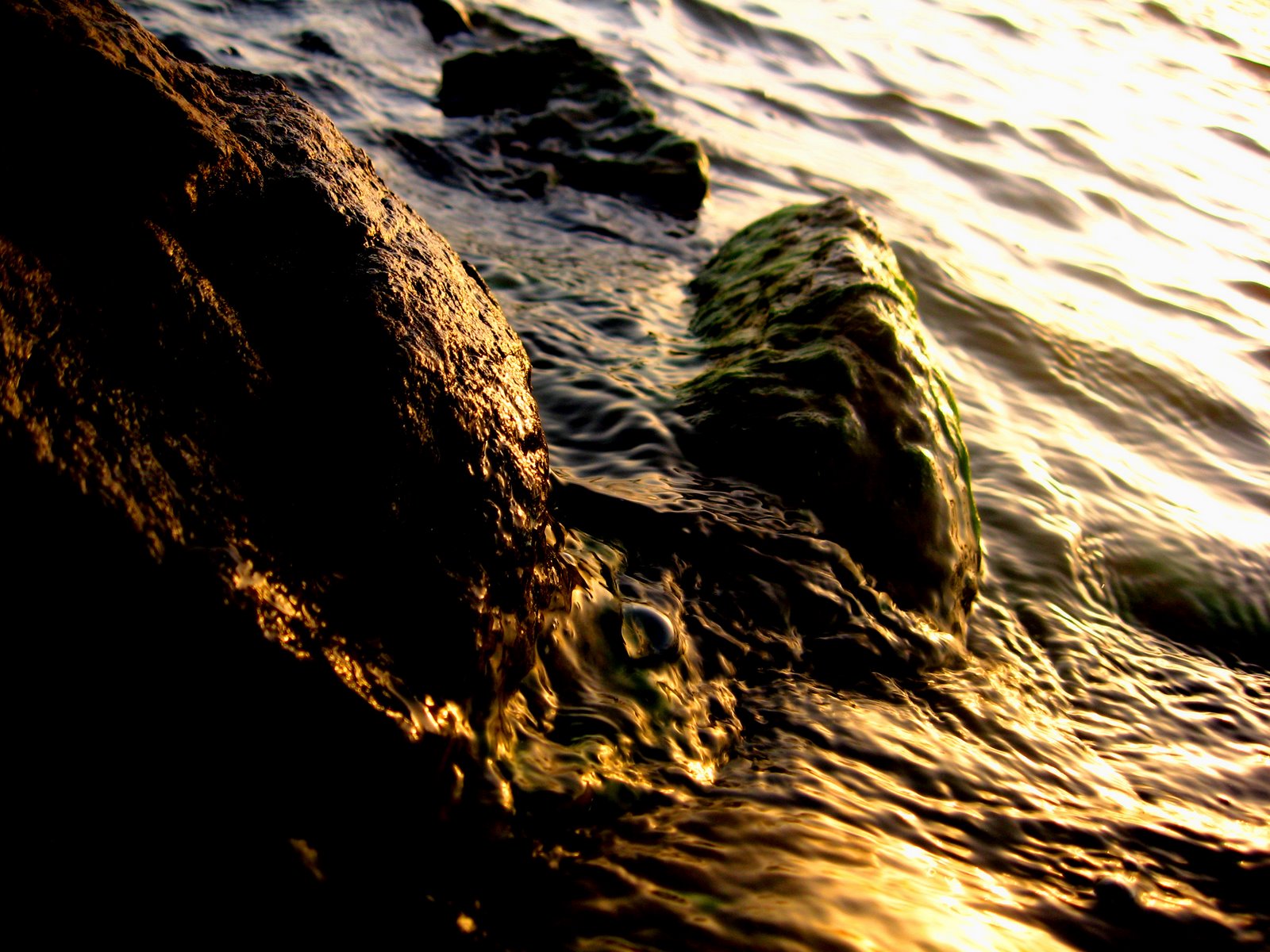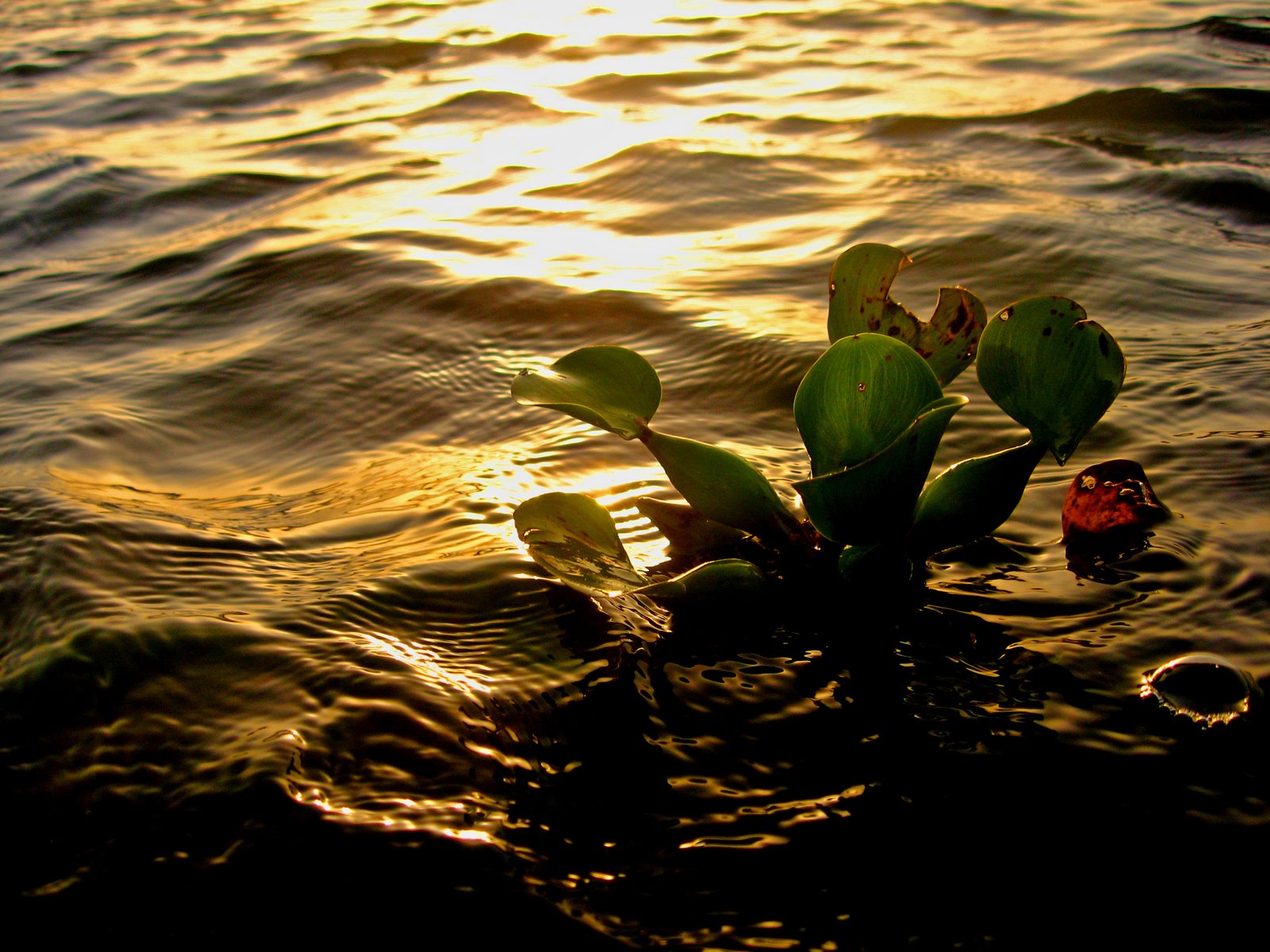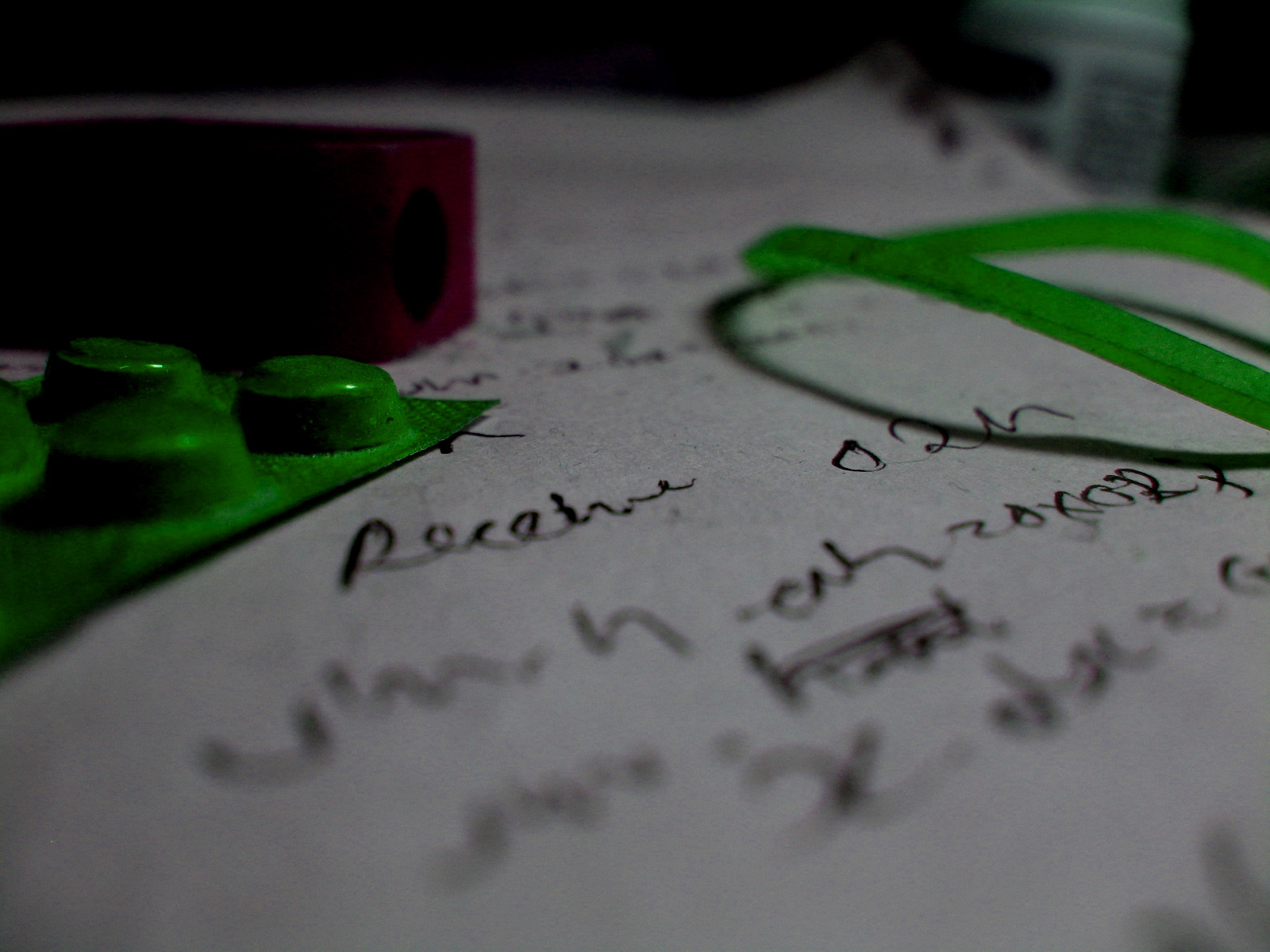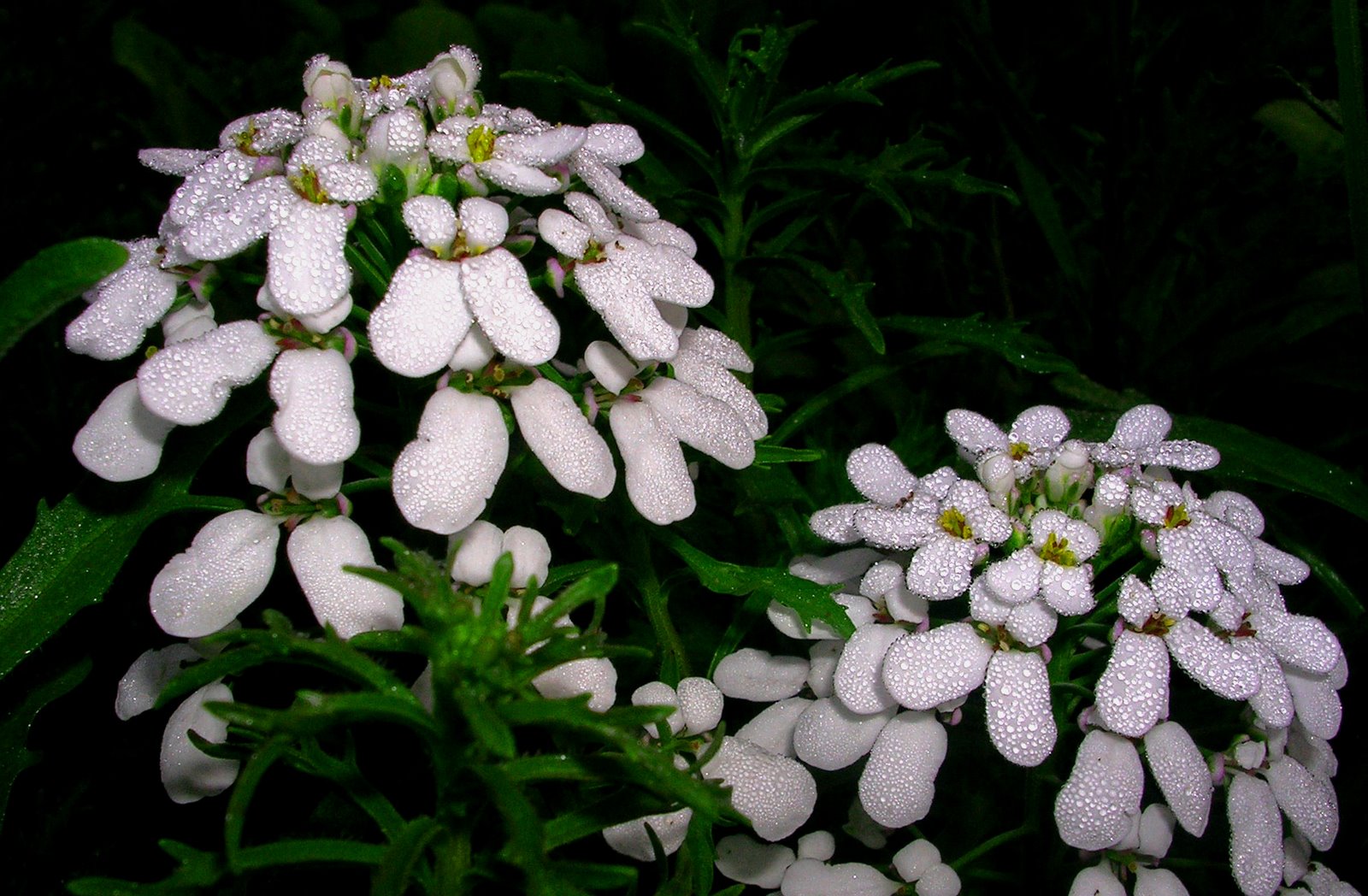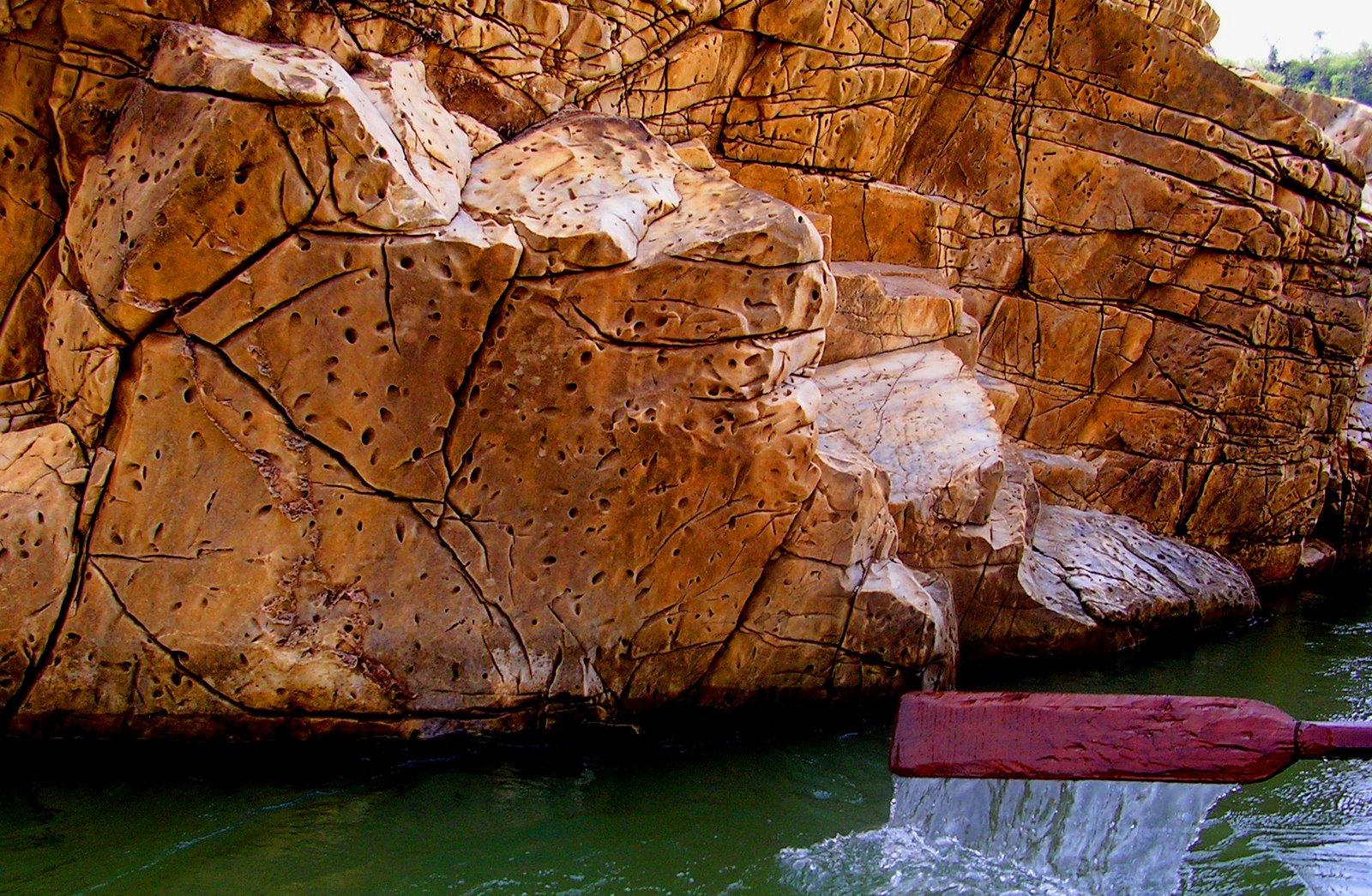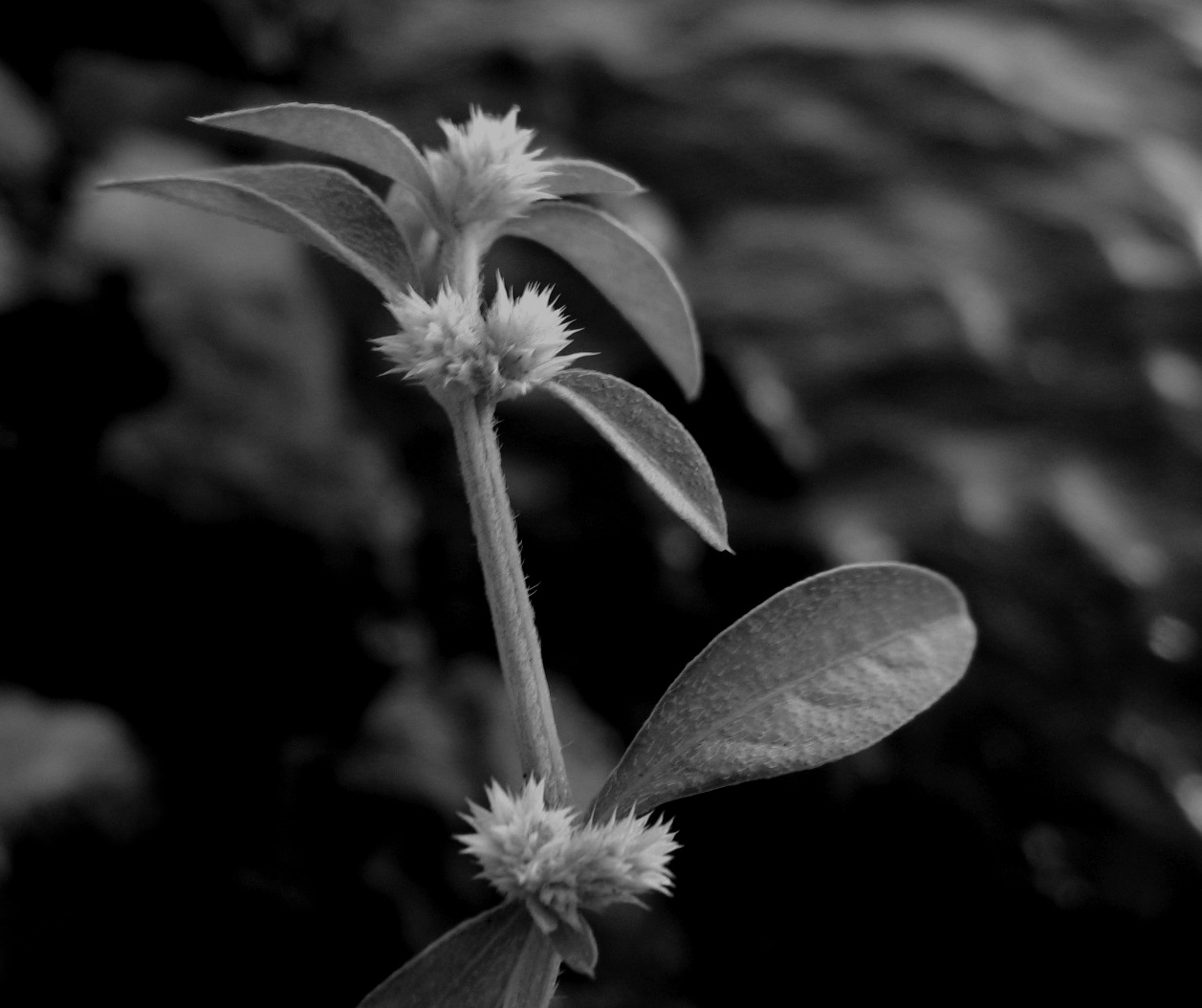
It was really hard to zoom upon this tiny speck of the plant, but I succeeded at last!
Visit ۞ Photogallery ۞ for more intriguing pics
Friday, May 16, 2008
grEEn gReeN eVerywhEre...
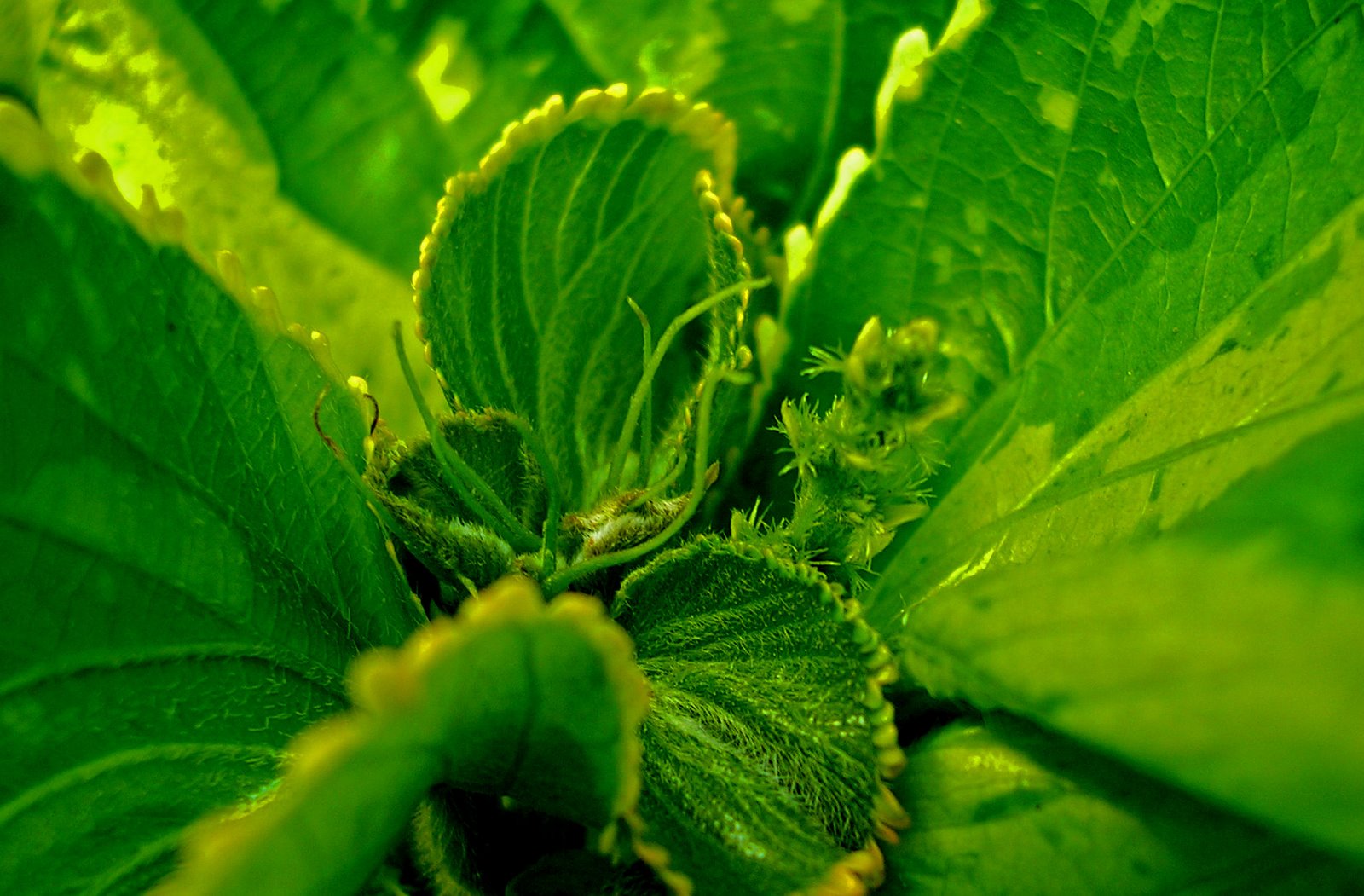 I just love the colour green
I just love the colour green
The sea is painted a dark green
The leaves on a tree
Can be coloured a sort of green ..........
Friday, May 9, 2008
You make me feel...
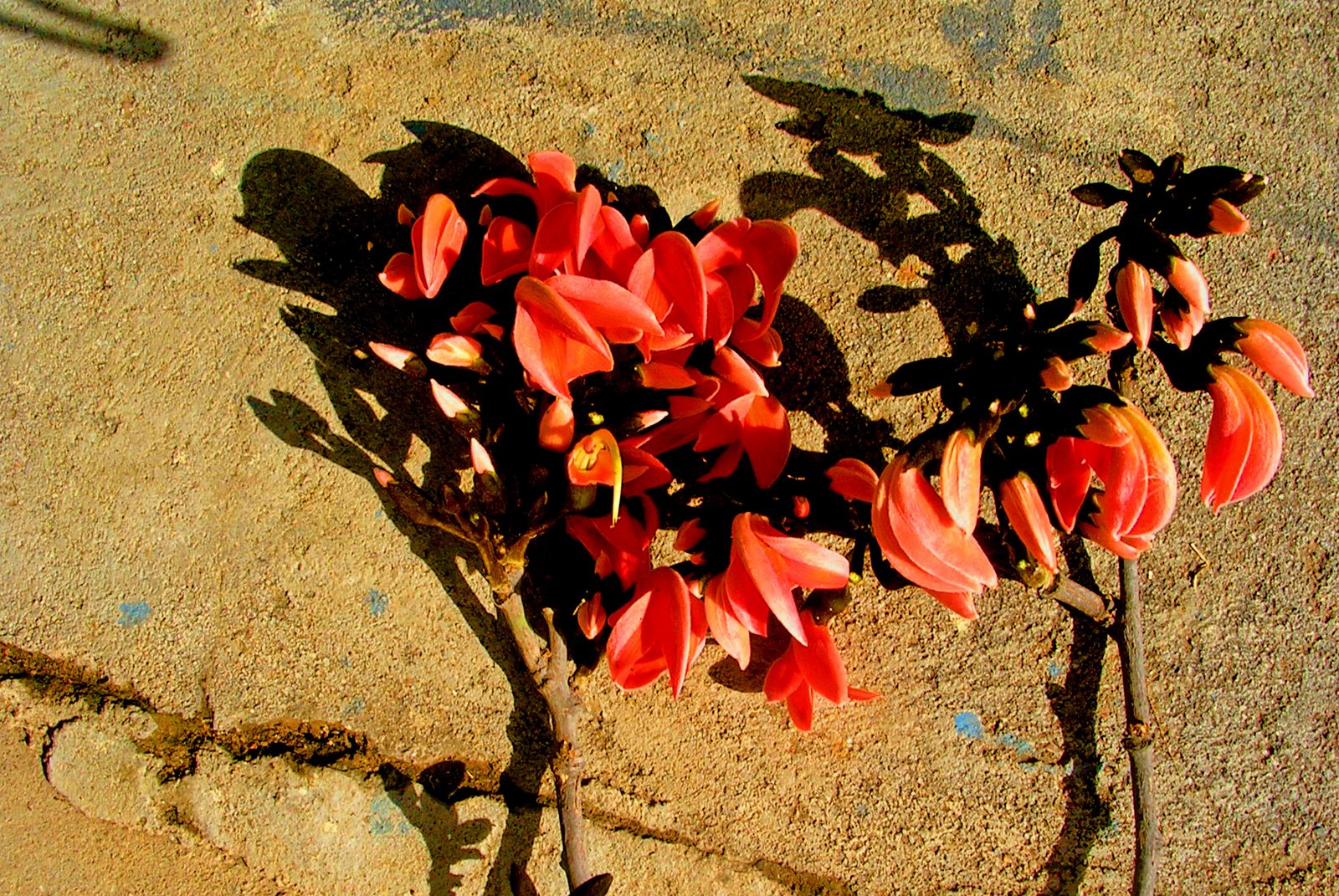 I've found a new love full of passion
I've found a new love full of passion
Which has come to make me blind
When I found a special someone
In a love that's hard to find.
You've swept off my feet
From the very start
But before we go much further
Can I trust you with my heart?
I feel you....
You're the music that lives in me,
I'm united with it..
It plays orchestra of amour…
All I must do is fall into the arms
of summer breeze thinking it's You.. my melody...
My senses are genuine.. all I truly know is what I feel...
the melody of my heart
that sails through the seas of my soul,
and carries wind with the pledge of my love to You...
the wind that caresses me gently in the ambience of eternity...
Sunset capture tips!!
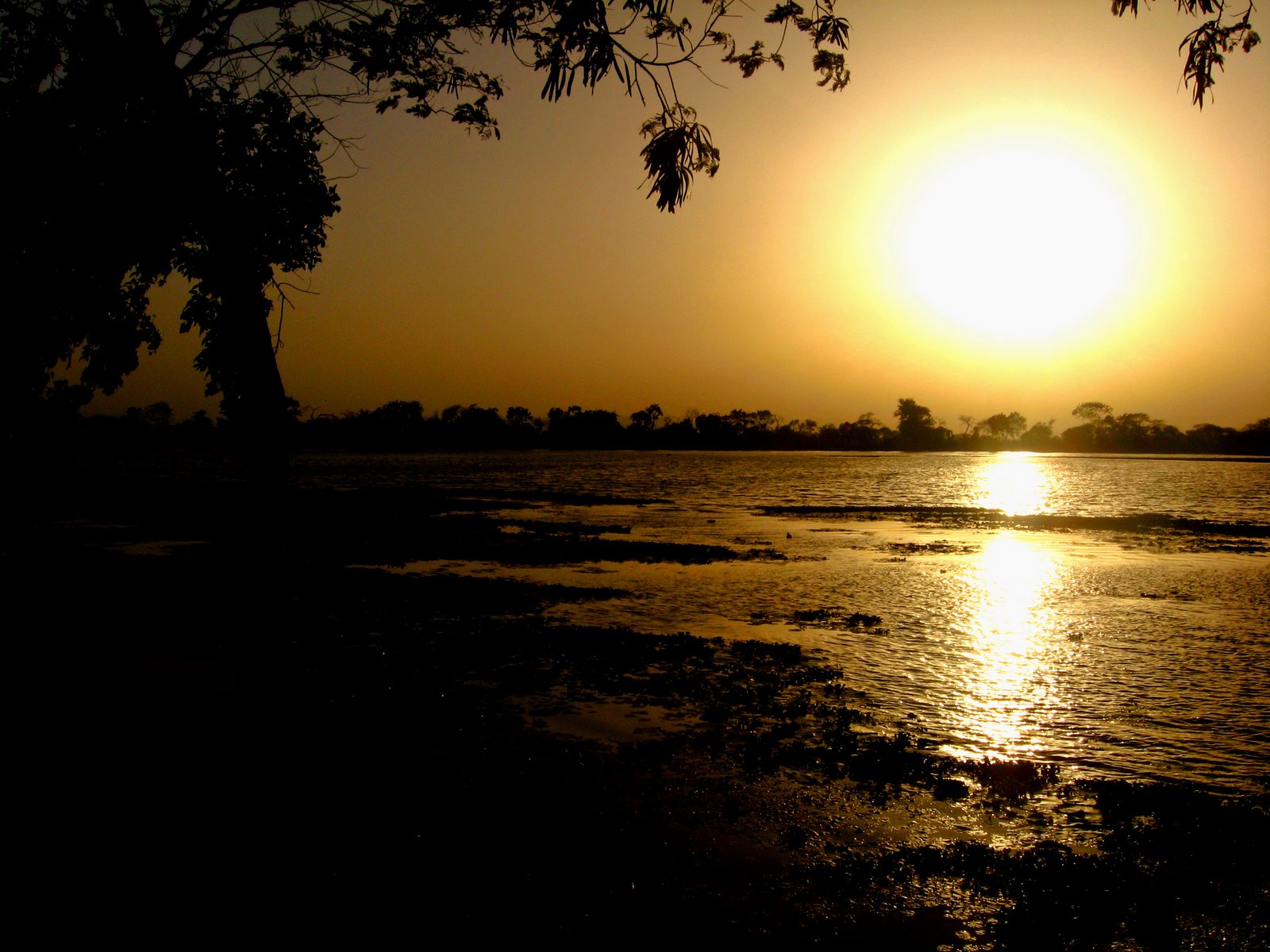
Sunset photographs have always been extremely popular. Not only are they beautiful, but they also have an almost magical ability to bring back fond memories of your tropical vacation.
Most beginning photographers incorrectly believe that capturing one of these colorful beauties is beyond their ability.
However, anyone can photograph a sunset and produce at least a relatively good result.
However, if you want to photograph sunsets that stop people in their tracks, you're in the right place. But to go from "that's nice" to "WOW", we need to cover a few things.The Right Conditions for Sunset Pictures
You need 2 environmental conditions in order to have a chance capturing a stunning sunset:
DUST and CLOUD in air
The red-orange of the setting sun results from dust (or other microscopic particles) in the air. Dust comes from everywhere: the ground, smoke, industrial pollution... to name a few.
Clouds also add a critical factor. Thick clouds or wispy ones - it doesn't matter. Each will provide a unique effect. Don't get me wrong. I've taken plenty of sunset pictures on cloudless evenings without any dust in the air. But, they all result in fairly bland photos. Don't Center the Horizon on Sunset Pictures
The worst thing you can do with sunset pictures is to compose the shot so that the horizon is in the center of the picture.As a general rule, the more beautiful the sky, the more of it you want to show. The more interesting the foreground, the more of it you want to show.
Of course, you want to use good rules of composition and common sense. Bottom line, if the horizon is approximately at the top or bottom one third of the frame, your sunset pictures will be more appealing.Composition
Your sunset photos will be significantly improved when you include a foreground object(s) silhouetted against the background sky.

Make sure your camera is set to the "no flash" option. (See the following section on exposure.)
The most common foreground objects when photographing sunsets are people, trees, or unusual objects (or, normal objects seen differently).
However, let your creativity out and you will be pleasantly surprised at what you come up with.
Even the most spectacular sunset will look like abstract wallpaper if you don't provide some context. Silhouetted trees or other objects in the foreground give a sense of scale and location to the scene. A stunning sunset will have a different feeling if it's taken at the beach with a few palm trees in the foreground.
The Right Exposure for Sunset Pictures
Without question, the most challenging part of taking sunset photos involves what exposure to use. Here's the bad news: there is no one right answer.And, for the good news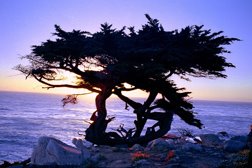 ... several different exposures will produce excellent (but different) results.
... several different exposures will produce excellent (but different) results.
Nowhere else in photography does the suggestion to experiment hold more weight, than when photographing sunset pictures. Using your camera's built-in metering mode will often result in the sky registering as relatively bright, and therefore will underexpose the entire image.
As you recall, when any given image has a huge range between light and dark, achieving the optimum exposure is a challenge.
If matrix metering is used, everything is averaged with the likely result being a darker-than-desired sunset picture. One way to handle this is with a light meter (or flash meter) depending on your overall use.
There are two approaches to get around this issue. The first approach is called bracketing the shot. Bracketing is used to get the best exposure, by gong through an educated trial and error.
To accomplish bracketing, you either need to be able to manually set the aperture and exposure time, or your camera needs to have a bracketing function (available on most digital SLRs).
For whatever metering mode you're using, your camera indicates the correct exposure for a particular photograph.
Let's say it is 1/60 of a second at f/8.
The first thing to do, is take the picture exactly according to your camera's recommendations.
Next, manually change the f-stop to f/5.6 (one stop more exposure) while keeping the exposure time at 1/60th of a second. Then, take another shot using f/11 (one stop less exposure).
If your sunset picture has the potential of true greatness, I would suggest taking additional shots at different exposure combinations.
Chances are good that although each image will be lighter or darker than its companion picture, you will find at least one that hits the mark. The two sunset pictures below are almost identical, except for the bracket differences. As you can see, a one stop difference on exposure can make a big difference in the final image.
 | |

This is what you do... First, point your camera at a bright part of the sky (not directly at the sun), activate the auto exposure lock, recompose the entire sunset picture and take the shot. Next, point your camera at the darkest part of the scene, lock in the auto exposure, recompose and take the shot.
Every time you meter against a different part of the scene and lock in the exposure for that section; your overall recomposed image will come out slightly different.
Be creative. Try what you think won't work. You may create a truly spectacular result.
If you haven't tried shooting sunrises or sunsets before, you'll be impressed with the results and the effects that more or less exposure can have on the final image.
Experiment. There is no "right" exposure. Since many exposures will be over 1 - 2 seconds, use a remote release or shutter release cable for your camera, and a tripod for stability.
Timing
Sunsets are not static. They change over time. When you prepare to take sunset pictures, plan to spend at least 45 minutes to choose the perfect location, set up your equipment, and take your readings.
It's a good idea to photograph the scene every few minutes or so. Clouds move, colors deepen and change, and the image you record a 15 minutes later may have more drama and richer colors than you saw earlier. This is definitely the time you want to take lots and lots of pictures. When you check the results on your computer, delete the "also-rans."
Night photography tips
Long Exposures are the Secret This is one of the lesser known night time photography tips... it deals with cows. Did you think all the night time photography tips dealt with horses?
If you've ever heard the expression "till the cows come home," you will never think about it the same after today.
Why? Because I'm going to use a farm analogy to describe the relationship between shutter speed, aperture, and proper exposure.
During the day, with 1,000 cows in the field, you only have to leave the barn door (aperture) open a short ti me before 50 cows wander in and fill up the feeding station (equivalent of enough light to take a picture). Stay with me, here.
me before 50 cows wander in and fill up the feeding station (equivalent of enough light to take a picture). Stay with me, here.
At night time, with only 85 cows remaining scattered about in the field, you need to leave the barn door open a much longer time before 50 cows wander in and fill up the feeding station.
Photography works the same way. During the day, since there is so much light available, the aperture (barn door) only needs to be open say, 1/500th of a second to accumulate all the light your camera needs to produce a high quality photograph.
However, at night time, with much less light available, the aperture needs to remain open a much longer time period (from 1/2 to 30 seconds) to accumulate the amount of light needed for a good photograph. The night time photography tip summary is:
Slow shutter speed =
Aperture remaining open longer =
Long Exposure
The only reason the photo above is more difficult to take at night than it would be during the day is that you need a tripod. Really, that's about it! OK, that's really not all of "it," but having a tripod is a significant step. As an alternative, you could try sitting the camera on a sturdy support (if you can find one), but it would have to be free from all vibrations.
See if your camera has a "night time" or "night scene" mode that implies using it during low-light situations. If it does, it will make things easier for you, but not necessaril
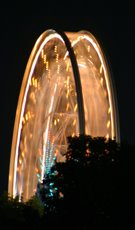 y provide a higher quality photograph.
y provide a higher quality photograph.As a personal note, I prefer making the following types of adjustments myself rather than use the "Night time" setting on my camera. The reason being: the "night time" settings are locked in by the manufacturer and may not be ideal for each situation.
Therefore, if you have a unique situation, using the "automatically programmed" night setting may not generate the best photograph. Some night time photography tip, huh? On the other hand, you can always make Photoshop adjustments the next day to produce the perfect photo.
OK, end of my personal note and back to the non-cow night time photography tips. Without a night time scene mode, you need to get involved with a few settings. Let's first cover the...
Ideal Night Time Scenario
- The sky is clear with at least a 3/4 moon
- Temperature is between 45 - 80 degrees, and the weather is calm
- You can position the camera the perfect distance from your subject
- Your camera is on the tripod and ready for the shot
- With the small flashlight you always have in your camera bag, switch the camera mode to the equivalent of "Night Scene" mode
- Set the focus to "Manual," and set it to infinity.
- You trip the shutter with a remote shutter release or self-timer
That's all there is to it. But to truly understand these night time photography tips, let's quickly review what really happened...
- The only thing you did differently than for a typical daytime photograph was securing the camera to the tripod.
- Here's a "sort-of" night time photography tip: If your camera can use an external shutter release, consider getting one, especially if you plan on taking long-exposure shots.
Since camera shake is the greatest cause of ruined night time photographs, not touching your camera when you press the shutter is your best strategy.
- To avoid camera shake if you don't have an external shutter release, use the self-timer. Pressing the shutter button will usually cause small vibrations, but by the time the the self-timer runs down and the picture gets taken, all vibrations should have passed.
Technically, that doesn't fall under "night time photography tips" because it applies whenever you want to insure against camera shake, not just at night.
If your camera is capable of more control during long exposure situations,
- Set the ISO between 100 and 400
- Set the F-stop to around F/5.6
- Press the shutter
10 Bright Resources for Low-Light Techniques
Wednesday, May 7, 2008
Tuesday, May 6, 2008
Pen..pEncil...n eRaSer...
Its time for me to overcome,
The fear that I have done.
Is saying if I wrote the correct,
Or if I wrote the wrong.
Its time for me to think carefully,
Clearly in my mind.
And when it pop’s out of my head,
I write the answer.
In the end,
Who might know?
eTernAl lOve....
I wonder if I dreamed of you-
if you would appear?
To make my nights full of love,
and always hold me near.
Sunday, May 4, 2008
orAnge cOunty...
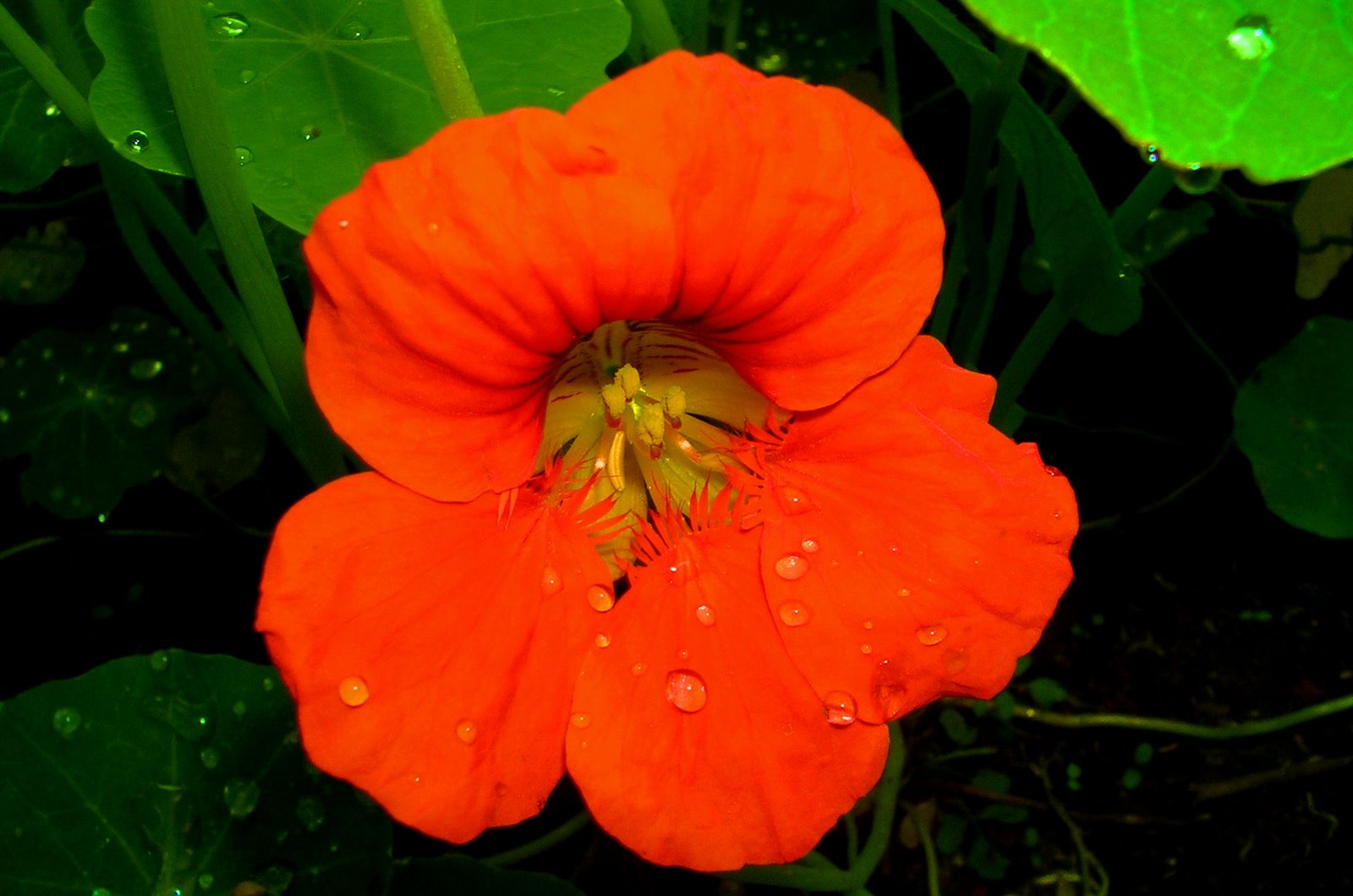
There was orange joy
spraypainted on a demolition
The river was a blue and wet tongue
dotted with ducks and skeletal remains
bRight eYes....
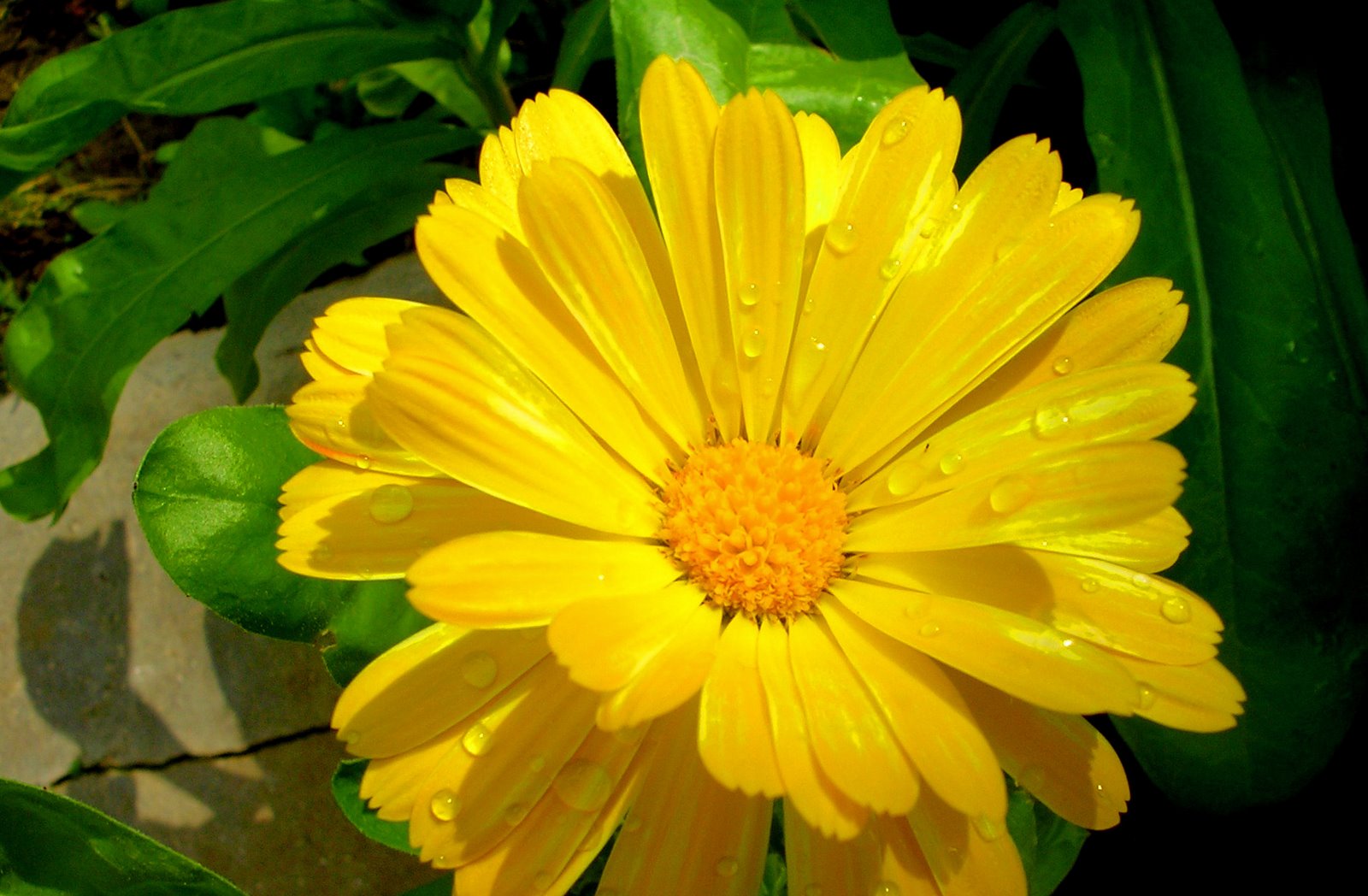
My happiness has no words
I have nothing to compare it to
No image, no colours for it either
My sadness, I can paint it into so many colours
Saturday, May 3, 2008
zUlu 99...

To try and try and yet come up short,
to hang my head while giving report,
not able to make anything right,
turns brightest day to darkest night.
Amidst thoughts of strength to find myself weak
brings a gut-wrenching pain of which my heart cannot speak.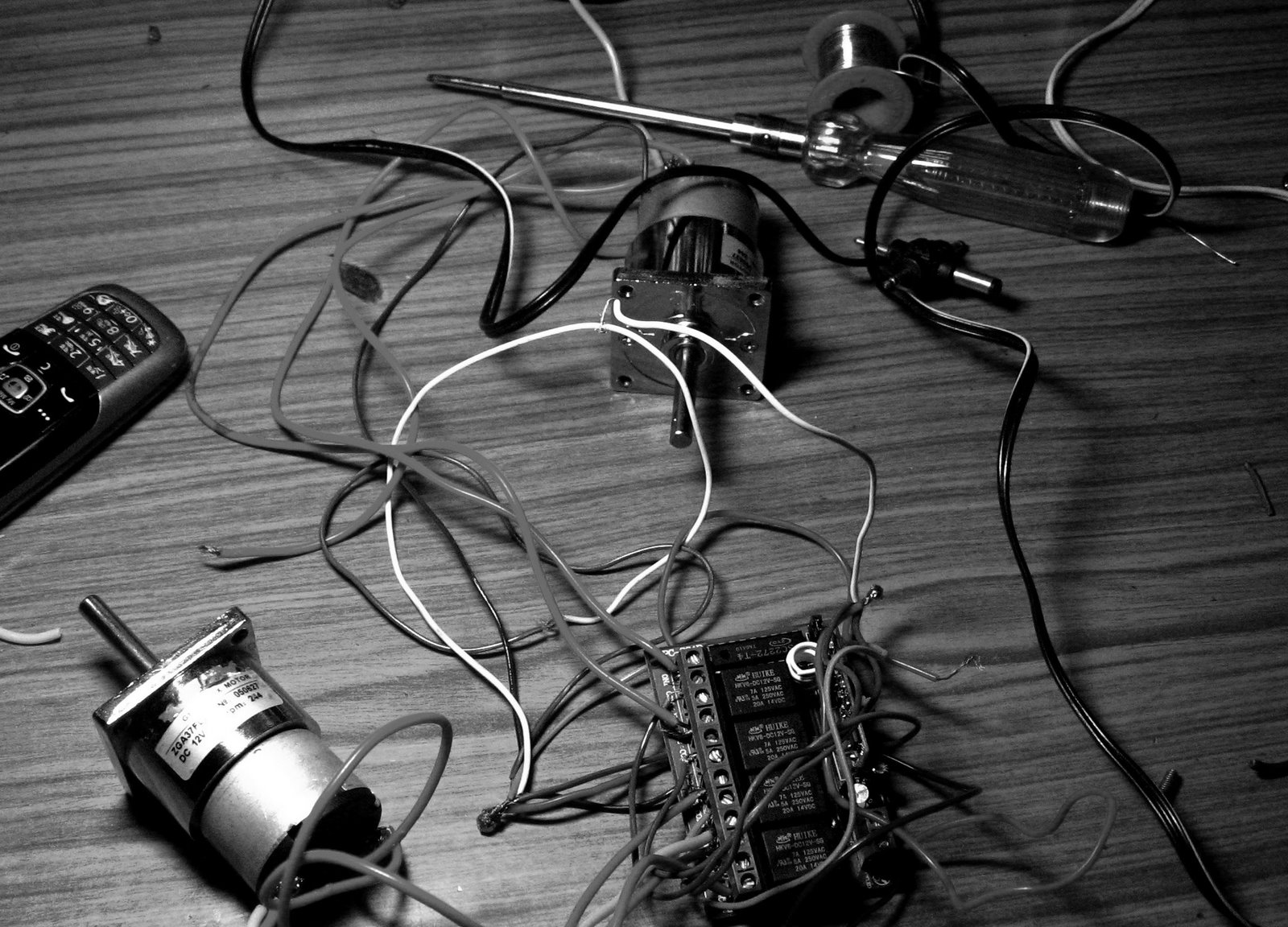
Failure has never been part of my plan.
I curse times I don’t, when I know that I can.
My standard, my goal, my hope is perfection,
yet I am met with regret, rebuke and rejection.
Failure is a companion I have grown to despise,
its taunts and its laughs are not found in your eyes.
Why so Brutal??

Yes I eat,
dead meat.
My mind knows this is so,
but
my greed closes out the know.
Conscious dictates mood,
but
I need this food.
Colored drEams...

I will carry my soul in my hand
And throw it in the valleys of death
It is either a life that makes a friend happy
Or a death that makes an enemy angry
The noble man's soul has two goals
To die or to achieve its dreams
What is life if I don't live
Feared and what I have is forbidden to others When I speak, all the world listens And my voice echoes among people I see my death, but I rush to it  This is the death of men
This is the death of men
This is the death of men
And whoever desires an honorable death
Then this is it
How am I patient with the spiteful
And patient with all this pain?
Is it because of fear?
Friday, May 2, 2008
Sultry sUN....
Sultry evenings with the sun set below
A perfumed flower gripped lightly in handSet aside the drones of life from before
And fill the emptiness with the unknown.gOlden eRa....
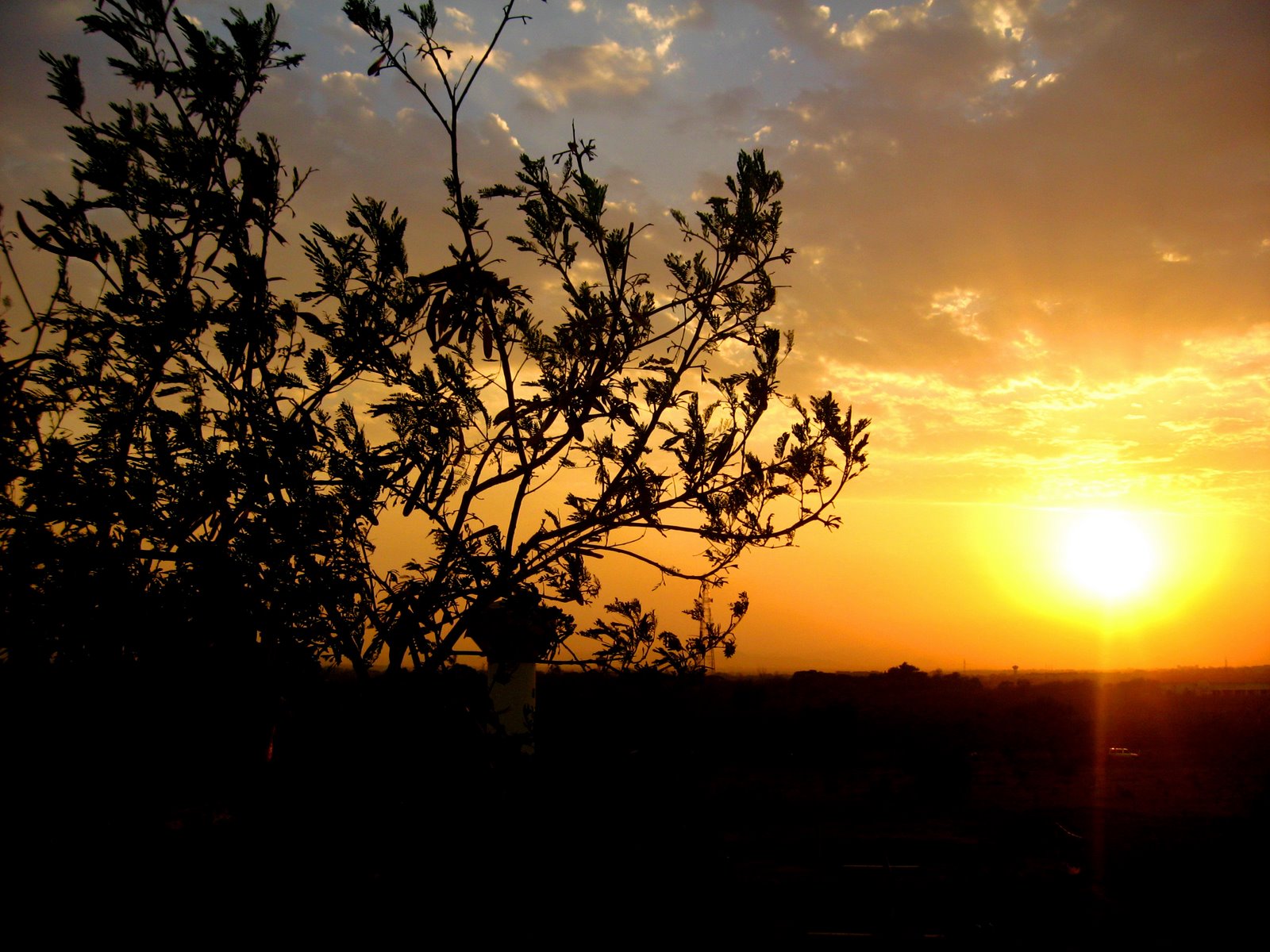
I see in the distance before me,
A picture worthy to behold,
Painted in colors of such
beauty,
In colors yet untold......
gOOd morNing....
Satpura ranges.....

My Spirit has come alive
My mind has been awakened
My body has been quickened
Joy has filled every crevice of my soul ....
tWilight Blessing...

a dismal expanse
trees fade into silhouette
life forgets to breathe.....
embraced by the fallen hush
an oak leaf lightly trembles.....
Rocky wAter!!

I remain yours forever
And you I'll always and in all ways remember,
Because it's in my nature. .......
Marble rock formations at BHERA GHAT, Jabalpur
Picture perfeCt....

The forest stands with lush, green divinity.
Animals there move with alacrity.
Trees whisper to each other like people in a city.
The forest is there for you and me.
Thursday, May 1, 2008
11 tips for the beginner!!
1. Don’t go crazy buying the most expensive equipment right away.
It’s possible to get very nice photos with an inexpensive point and shoot. See these examples on Flickr. The more photos you take, the more you’ll know about what kind of camera to get when it’s time to upgrade.
2. Consider a tripod.
On the other hand, an inexpensive tripod is worth getting, especially if you have shaky hands like mine. When I got a tripod, my satisfaction with my shots skyrocketed. For even more stability, use your camera’s timer function with a tripod (read our introduction to tripods).
3. Keep your camera with you all the time.
Photo ops often come when you least expect it. If you can keep your equipment relatively simple - just a small camera bag and a tripod - you might be able to take advantage of some of those unexpected opportunities. Or, if your phone has a camera, use it to take “notes” on scenes you’d like to return to with your regular camera.
4. Make a list of shots you’d like to get.
For those times you can’t carry your camera around, keep a small notebook to jot down places you’d like to come back and photograph. Make sure to note any important details, like the lighting, so you can come back at the same time of day or when the weather’s right. If you don’t want to carry a notebook, send yourself an email using your cell phone with Jott.com.
5. Don’t overlook mundane subjects for photography.
You might not see anything interesting to photograph in your living room or your backyard, but try looking at familiar surroundings with fresh eyes. You might catch an interesting trick of the light or find some unexpected wildflowers in your yard. Often a simple subject makes the best shot.
6. Enjoy the learning process.
The best part of having a hobby like photography is never running out of things to learn. Inspiration is all around you. Look at everything with the eyes of a photographer and you’ll see opportunities you never noticed before.
7. Take advantage of free resources to learn.
Browse through Flickr or websites like the Digital Photography School Forum for inspiration and tips. Also, your local library probably has a wealth of books on all types of photography. If you’re interested in learning about post-processing, give free software like the GIMP a try.
8. Experiment with your camera’s settings.
Your point and shoot may be more flexible and powerful than you know. Read the manual for help deciphering all those little symbols. As you explore, try shooting your subjects with multiple settings to learn what effects you like. When you’re looking at your photos on a computer, you can check the EXIF data (usually in the file’s properties) to recall the settings you used.
9. Learn the basic rules.
The amount of information about photography online can be overwhelming. Start with a few articles on composition. Be open to what more experienced photographers have to say about technique. You have to know the rules before you can break them.
10. Take photos regularly.
Try to photograph something every day. If you can’t do that, make sure you take time to practice regularly, so you don’t forget what you’ve learned. An excellent way to motivate yourself is by doing the weekly assignments in the DPS Forum.
11. Don’t be afraid to experiment.
If you’re using a digital camera, the cost of errors is free. Go crazy - you might end up with something you like. You’ll certainly learn a lot in the process.
Tips for Beginners!!
Choose a subject or message of your photo
. If there is no clear real subject, nothing of graphical interest and no mood to convey, it is probably not an interesting photo.Remove things that don’t add to the photo
. Especially if they detract from the central message. Don’t only know what to include, but also what to exclude. Find a simple background and look for balance.
In this example the hand of the woman below and the colorful yellow and blue shirts are distracting elements. Waiting until the hand is gone and standing a few steps more to the left, so the people in the back are out of the frame, would both improve the photo.Don’t be afraid to zoom in or get very close
. The most common mistake is that photos are taken from too far away and that there is just too much environment that doesn’t add to the message. Filling the image with the subject underlines what the intended subject is, and removes cluttered background. It achieves simplicity.Don’t automatically center your subjects
. Beginning photographers massively center their main subjects on their photos. This is not illogical because the photographer aims at the subject with the camera viewer. If you rather place the subject outside the center it will often result in a more dynamic composition. Experiment with that.
A popular guideline is the rule of thirds. Imagine the frame divided into thirds, both vertically and horizontally, like a tic-tac-toe board. Then place the subject on or near one of the lines or intersections. This is called the rule of thirds, or the ‘golden mean’. However don’t follow this rule slavishly.
Remember that the eyes are most important for people and animals. When zooming in and the head fills the image, the rule of thirds applies to the position of the eyes.Be sure to hold your camera level
. It will break the strength of your photo if the horizon appears with an apparent angle.
Sometimes photo opportunities appear in a split second, and you have just no time to control the angle of your camera. When at home your photo appears to be tilted, no problem. With imaging tools it’s easy to level the photo afterwards. However this gives a small loss in image quality. So practise your reflex to hold your camera level in the first place.Eyes are exceptionally important
. They tell the story. When photographing people and animals everything else can be hidden or cropped out: the mouth, the nose, the hair. But the eyes must be visible.
In addition, the eyes have to be tack sharp. Unsharpness of the eyes will hurt the attraction to the eyes, and with that the quality of the photo. If the eyes are not sharp, the photo doesn’t look sharp.Watch the distance with flash
. Don’t bother using flash over 30 feet away. Most non professional flashes just completely don’t function at this distance or greater. Flash works best with nearby subjects. When taking a scenery of a bridge at some distance, flash won’t help. Instead of flash, use longer exposure times and a tripod or, if necessary, a higher iso setting.
When photographing multiple people with flash, be aware that persons that are close will be illuminated by the flash much more than persons further away. So if you want all of them as prominent, have all at the same close distance from your camera.As a rule make use the full range of luminosity
: from completely dark (black) to completely white. This makes photos dynamic and vivid.
On the other side don’t over expose with digital camera’s. The information of over exposed parts of the image will be lost definitively and can’t even be recovered by imaging tools. Under exposing is also unfortunate. Image tools can light up the darks and make the tonal visible, however with some or even considerable noise.
Directly after taking a photograph, reading the histogram can be helpful. If the histogram is pegged against the right end, the photo is over exposed. When pegged against the left hand, it is under exposed.
But adjusting the settings of the camera to capture the whole full range of luminosity without over or under exposing can be quite a struggle. Just be sure not to overexpose. Adjusting levels afterwards with an imaging tool will be the rescue.Make a selection of your photos
. Don’t put all your photos, complete with all the flawed versions of the same scene, in your (online) photo album. The bad ones harm the attention that the best ones deserve. Make a critical selection of your photos, keep the very best. This will enhance your the overall quality of the album enormously.The tree growing out of the subject’s shoulder or head
is a classic photographic syndrome.
As you position yourself for the photo look out for power poles, lamp posts and other objects behind the subject that can ruin your photo. When it happens, reposition yourself or the subject.
Also avoid objects in the background that visually merge with the subject because they have the same color. Let the subject be free-standing.
Search This Blog
Tips for great Pictures!!
Direct eye contact can be as engaging in a picture as it is in real life. When taking a picture of someone, hold the camera at the person's eye level to unleash the power of those magnetic gazes and mesmerizing smiles. For children, that means stooping to their level. And your subject need not always stare at the camera. All by itself that eye level angle will create a personal and inviting feeling that pulls you into the picture.
Use a plain background
A plain background shows off the subject you are photographing. When you look through the camera viewfinder, force yourself to study the area surrounding your subject. Make sure no poles grow from the head of your favorite niece and that no cars seem to dangle from her ears.
Use flash outdoors
Bright sun can create unattractive deep facial shadows. Eliminate the shadows by using your flash to lighten the face. When taking people pictures on sunny days, turn your flash on. You may have a choice of fill-flash mode or full-flash mode. If the person is within five feet, use the fill-flash mode; beyond five feet, the full-power mode may be required. With a digital camera, use the picture display panel to review the results.
The flash will brighten up people's faces and make them stand out. Also take a picture without the flash, because the soft light of overcast days sometimes gives quite pleasing results by itself.
Auto focus problems
Sometimes the object for focus is too small compared to its background, for example you are trying to focus onto a single thin and tiny leaf, the camera may not be able to auto-focus on it. So place fist or any other object nearby the leaf and allow the camera to auto-focus at that position. Thereafter remove the object and click your shot!! I took snapped those red-ants on the orchids in a similar way.
